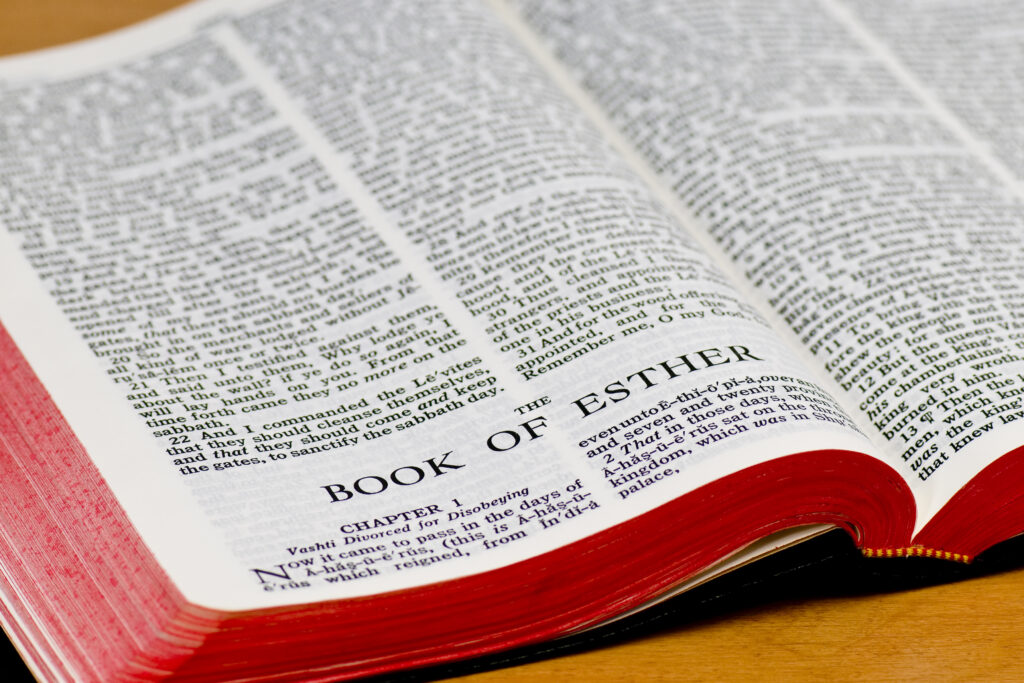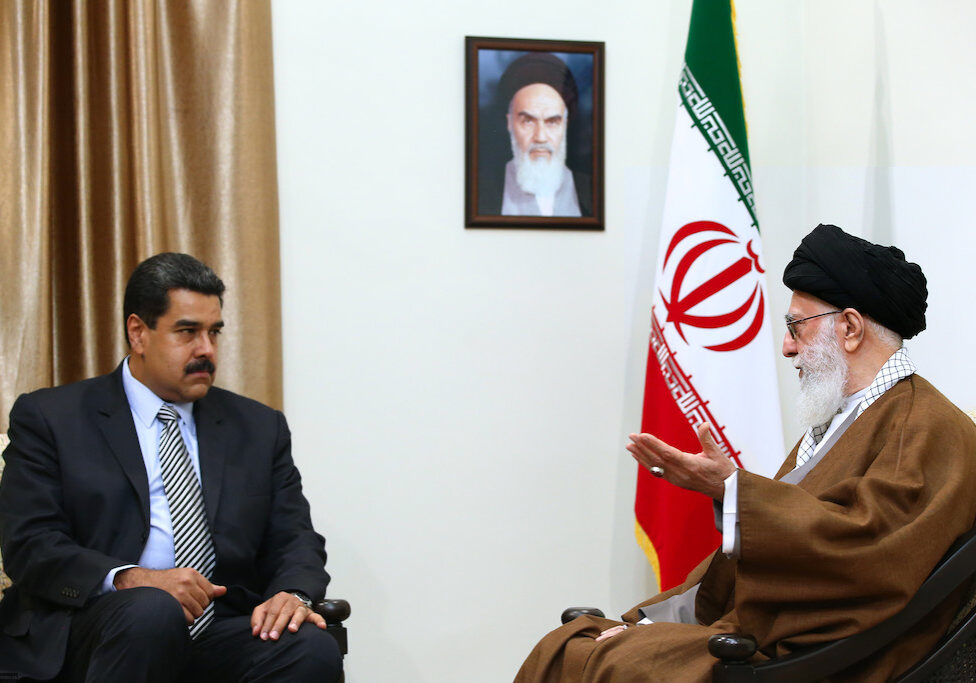Australia/Israel Review
The Last Word: The Tale of Esther in 2025
Feb 25, 2025 | Rabbi Ralph Genende

When I read the Book of Esther and its absurd and fantastical tale of Jew-hatred, genocidal madness, despotic dynamism and the unabashed pursuit of power, I feel like I am reading a text for today. A case of the more things change, the more they remain the same.
The Book of Esther is a story of contradictions, peppered with coincidences and events of pure chance. At one moment the Jews of Persia are living in comfort and security assured of their respected place in the multicultural environment of ancient Iran. The next instance they face a devastating decree of destruction. Then, with giddy intensity they move from terrifying fear to empowerment and security under a Jewish PM and powerful Jewish queen. This is the critical lesson of the festival of Purim (celebrated this year on March 13/14). Esther’s story calls on us to recognise the general agonising uncertainty of the human condition and the vulnerability of Jewish destiny.
Disturbed by the horror of 9/11, American thinker Lee Harris has argued that liberal democracies have forgotten the true meaning of a true enemy; an individual that you simply can’t sit down and reason with in the belief that you can find the solution for every conflict. Such an enemy, says Harris, is “someone who is willing to die in order to kill you… They hate us simply because we are their enemy.”
In Haman, the Persian Jews meet their own version of such an “enemy” – representing a primeval, venomous evil, which first appeared in the person of his reputed ancestor Amalek. Amalekites attacked the new nation of Israel, fresh out of Egypt, not out of fear but cynical impunity, according to the Torah. Haman, like Amalek, cares little for human life, especially if it gets in the way of his desperate pursuit of power and his narcissistic belief in his own superiority.
The Talmud asserts that Haman claimed he was a god. Like some other H’s – Hitler, Hamas and Hezbollah – they are what the poet WB Yeats described as the worst of humanity, filled with passionate, vitriolic intensity.
This lesson is closely linked to another important Purim message highlighted by Rabbi JB Soloveitchik, that while evil people are a threat to all human beings, they are all too often a particular threat to the Jews.
The Persian exile taught the Jews that our mere presence can make many people feel uncomfortable and unsettled. Haman puts it simply and precisely: “Yet all this honour and prestige is worthless as long as I see Mordechai the Jew sitting at the king’s gate” (Esther 5 :13). And, subsequently, he hatches his genocidal plan to eradicate every Jew – a fine precursor to the Hamas Charter.
This plan is a reminder, says Soloveitchik, that Jews everywhere, even those living in benign and liberal societies, must answer decidedly: Yes, it can happen here.
But for all these dark messages, the story of Esther ends with an astonishing message of hope and empowerment. It reminds us that, with skill and courage, you can defeat a diabolical enemy and a perverse ideology. The words of Mordechai to Esther resonate in our times: “If you persist in keeping silent at a time like this, relief and deliverance will come from some other place… but… who knows whether it was just for such a time as this that you attained the royal position.” (Ibid 4:14). None of us chose to live in a post-October 7 era, but we can choose to act with clarity and moral courage to counter the disgraceful antisemitism and brutal ideologies of these times.
We must respond to the world’s longest hatred with possibly its longest love – love for your neighbour, your God, and even the stranger! Yet at the same time, we must also be aware of the genuine evil that can lurk in the hearts of all human beings.
Tags: Antisemitism, Australia, Israel, Judaism






